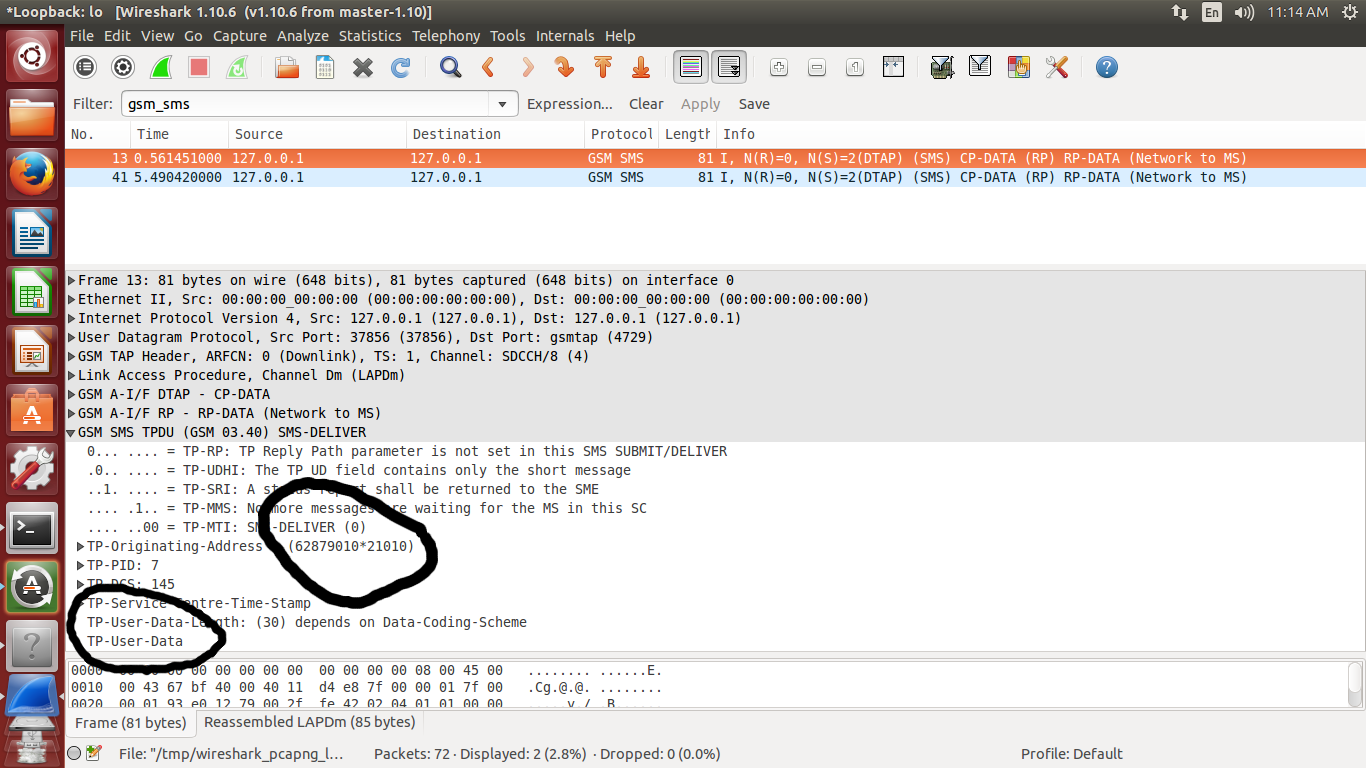


The Netsh trace context contains predefined sets of trace providers, known as scenarios, which you can enable for troubleshooting. If you have not already entered the Netsh trace context, you can run these commands from the command prompt by prepending Netsh trace to each example. In the GUI you can get most of this information from the ‘ summary‘ -> ‘ statistics‘ page which I covered in a previous post, but the CLI version can provide quick and easy access to this information without the need to even launch Wireshark.The examples in this section, Using Netsh trace commands, are documented as if you have entered the Netsh trace context. capinfos – Provides detailed information about the packet capture in question.40-bytes is a bit much but hey it gets the point across. So you can decrease the file size making it easier for Wireshark process while still keeping the header information. In the below example I am taking an existing PCAPNG file and limit every packet to 40 bytes into a new file filter.pcapng. This is very handy incase you only want to look at packet headers. In case you accidentally captured at multiple locations or fubar-ed your SPAN or TAP locations. Pick out specific time frames of a packet capture.editcap – This is very nifty, allowing you to do many different things:.Similar to what we will do with editcap shortly. Since, Wireshark does have a limitation on processing large file sizes you also have the ability to truncate packets after so many bytes. mergcap – As the name implies, this tool allows you to merge multiple captures files into a single capture.Think of this as the cheap and dirty Wireshark, hop into a system and initiate a dumpcap then boom you have your capture. dumpcap – This is another CLI equivalent of Wireshark, however this utility writes directly to a file and is less feature-rich then its ‘ tshark‘ equivalent.It’s definitely worth taking the time to get familiar with tshark. Allowing you to capture packets like you are using tcpdump, specifing interfaces, filters, etc.


Let’s take a quick look at some of these tools. Many of us are familiar with the GUI version of Wireshark, but believe it or not but there are also a slew of other command line based utilities that enhance Wireshark and also aid us in capturing and analyzing data.


 0 kommentar(er)
0 kommentar(er)
